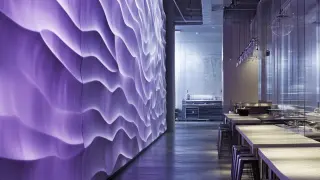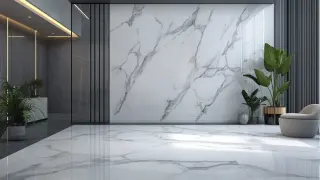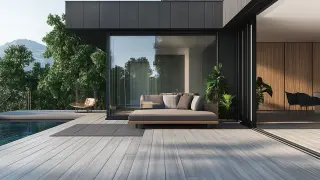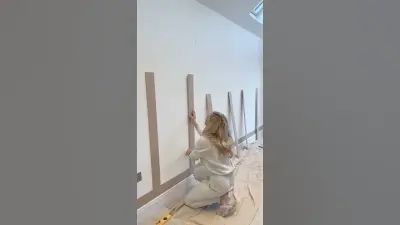Shandong Xiangying New Materials Technology Co., Ltd.
Shandong Xiangying New Materials Technology Co., Ltd.
Fluted Wall Panels have become one of the most emerging facets in modern architecture, allowing designers to think of these liners and elevate different spaces. Their unique texture and design bring depth and character to walls and enhance the ambience of any given space. As the times keep rolling, these panels have slowly become the interior designer’s cherished choice in residential and commercial projects, marrying aesthetics with functionality.
At Shandong Xiangying New Materials Technology Co., Ltd., we are committed to pushing the limits of design with innovative solutions like Fluted Wall Panels. With over 10 years of experience in the industry, we are proud of our commitment to quality and customer satisfaction. Our development tenet focuses on service and sincerity, whereby we ensure that the products offered truly meet and exceed our customers' expectations. By working together and prospering together, we can create inspiring spaces that are enjoyed by either party and help transform people’s interactions with their surroundings.
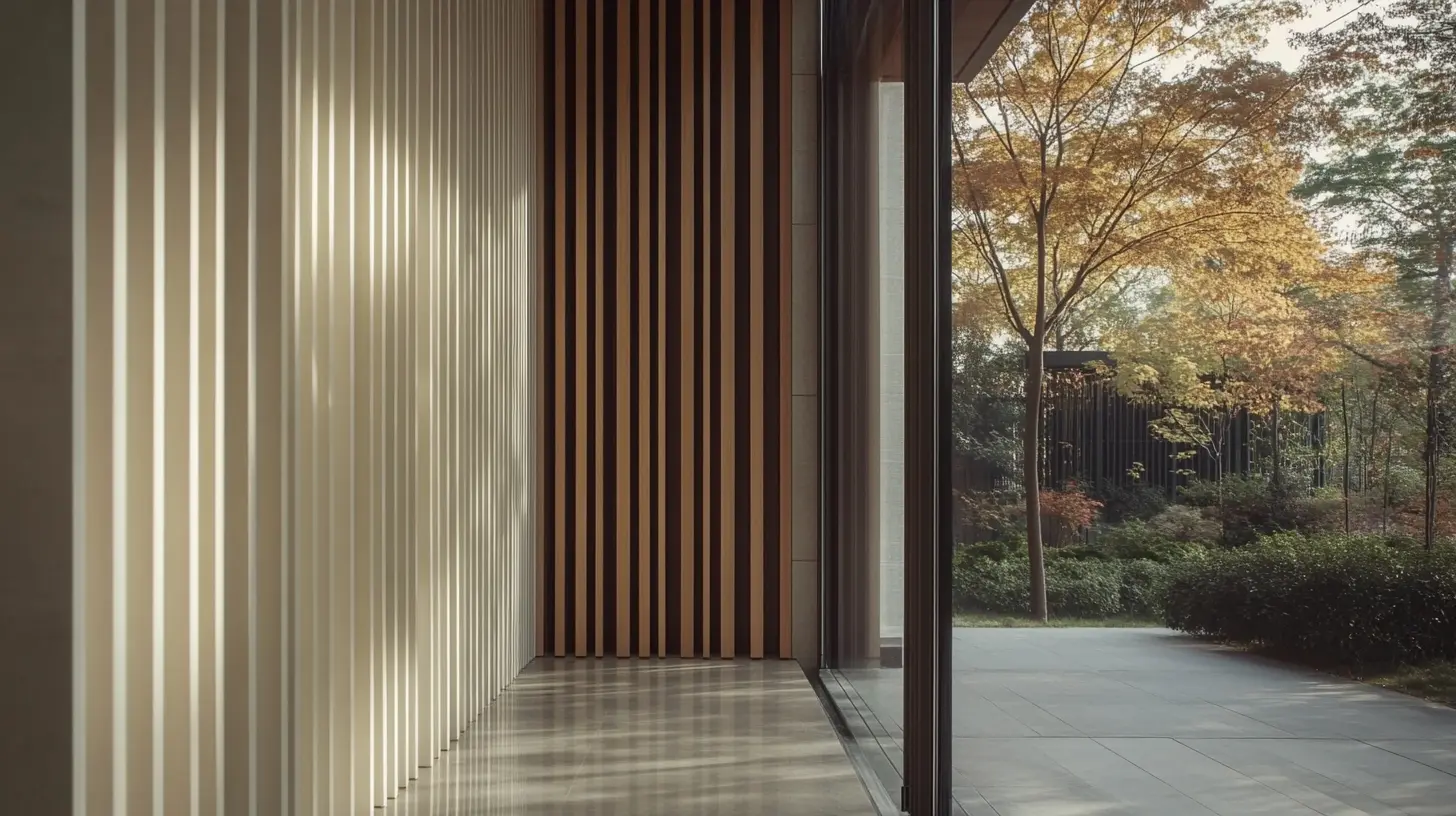
Fluted wall panels, while not entirely new, are set to gain a new level of popularity in architecture, as they provide a completely different sophisticated aesthetic that enhances the visual and touch quality of spaces as such. They make vertical grooves or ridges along the surface of a flat panel, giving an illusion of space as well as moving this panel space otherwise entirely flat into dynamic features with view-grabbing horizontal and vertical shadows. Be it spaces within homes or fluted wall panels applied to the facades of commercial structures; either way, they provide a modern, fresh approach that characterizes an interior space while imbuing dimensions with refinement. Fluted wall panels indeed have versatility, which offers different design options. For instance, in living areas, it would be a statement wall that, for minimalistic interior designs, styles up to a more contemporary look. In an office set-up, fluted wall panels would define spaces and give a notion of open space. They can also incorporate and mix other materials, such as wood, metal, or concrete, for an all-modern definitive design. Such versatility empowers architects to be creative and caters to the wanting need of consumers for more personalized spaces. They might as well serve to increase acoustic performance and support sustainability goals. Such efficient construction can therefore minimize the sound within an area and make it more pleasant and enjoyable for anyone within it. Additionally, with the move toward environmentally-conscious practices, it is often manufactured from sustainable materials, thus making it an attractive option for environmentally-friendly projects. Fluted wall panels are, therefore, a new take on architecture, fusing beauty with functionality in the evolving world today.
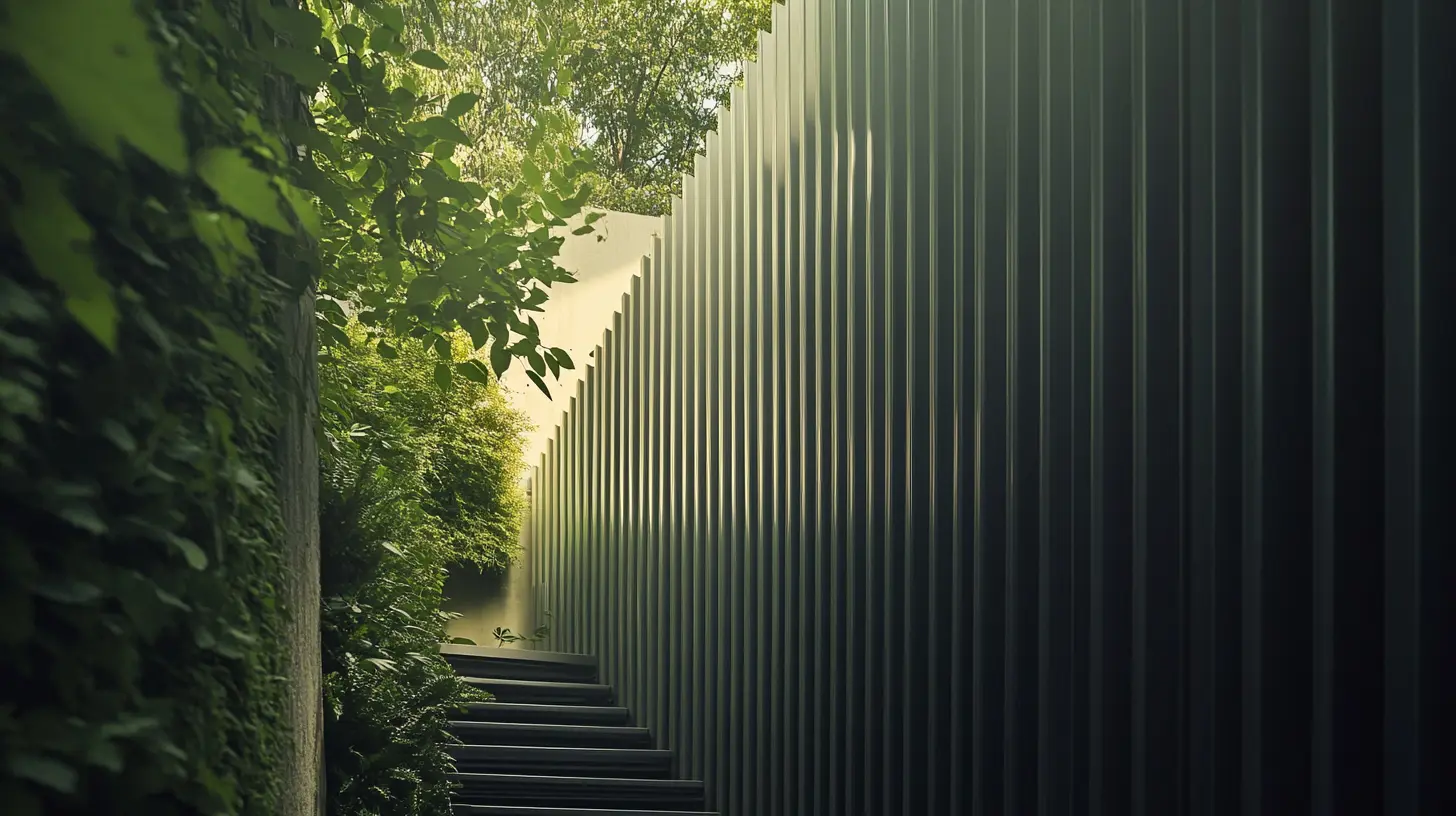
It is the combination of texture and elegance that makes fluted patterns appealing in today's homes and designs that are tempered with sophistication and warmth. They exude sophistication when used in wall panels, which, up until recently, was an architectural articulation exclusively found in classical architecture. Vertically aligned and set into motion, these grooves draw the eye, offering some rhythmic sense to the visual equilibrium-in a way nature never intended for a flat surface. Hence, the re-interpretation of this traditional pattern manifests in offering an interest from the visual to the tactile as well as helping the play of light generate varying effects throughout the day.
To freely adapt the space of a room and fit in with areas untouched by a touch of startling fluted patterning would further characterize a room or space. Such walls can be constructed as feature-bordered walls in living rooms or as lovely aesthetics in a commercial environment and attend to our impulse to reach out and feel these most sensuous of surfaces. The far-reaching shadows in the built-in grooves elegantly display a touch of the hand-crafted environment, which makes the overall design much more plausible. The fluting panels can be combined with other materials-cypres, metals, fog, or painted finishes-creating endless styles to match personal tastes and desired atmosphere in the proposed room.
Fluted patterns, again, can help divide a space without much infrastructure. When they look to define-the room in open floor planning, fluted panels naturally demarcate subtle zones, rendering each scene invitingly hospitable and quintessentially well-covered. This creative and non-traditional way of applying fluted wall panels is emblematic of a larger trend within modern architecture-that of thinking in terms of flexibility and creative spaces. Hence, in the embrace of this design, residential and commercial spaces may get a hall pass to negotiate well between a historical design and a perilously possible man's productiveness, giving them over to be fluted patterns-a thrilling choice for today's architectural aesthetics.
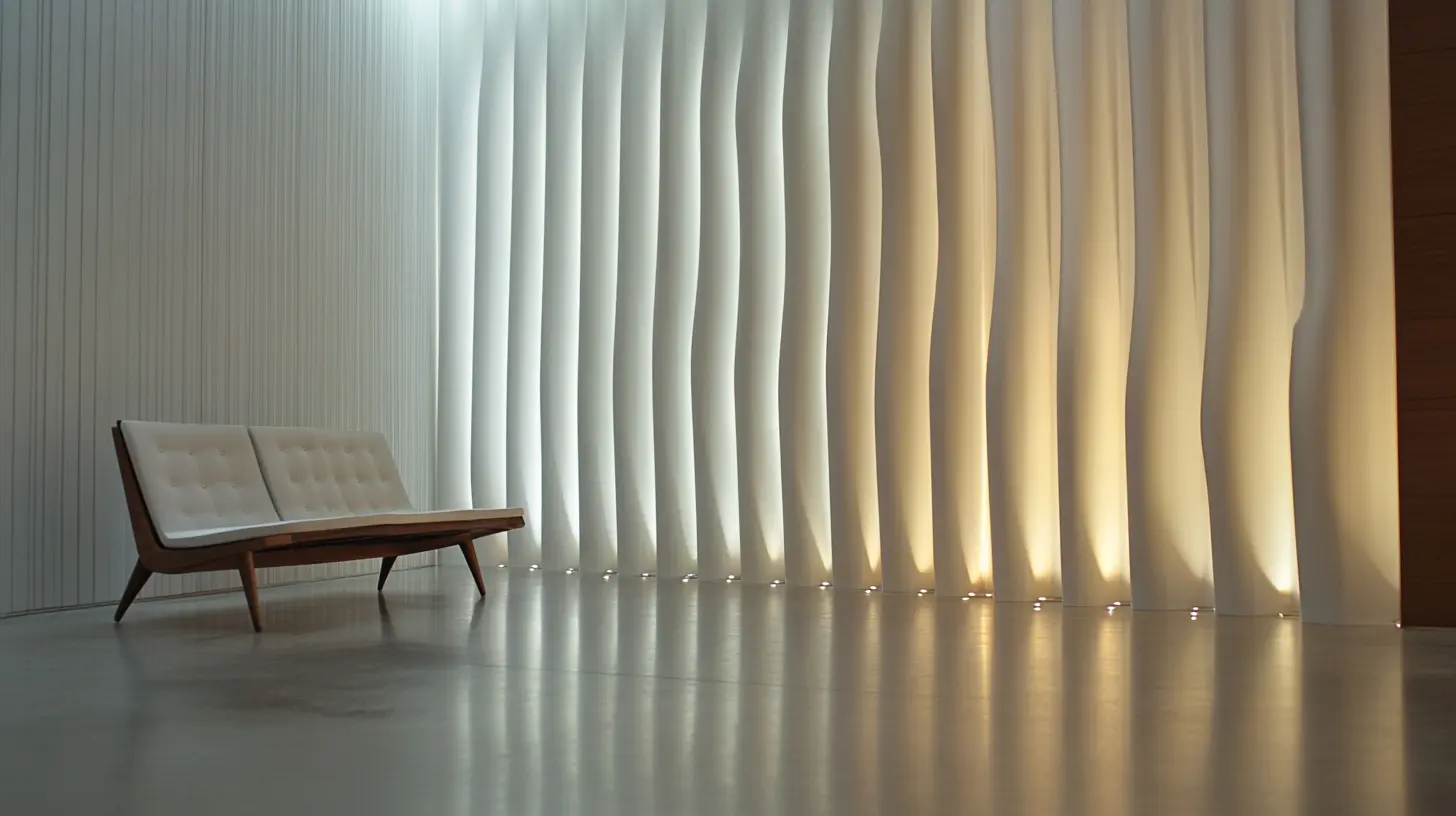
Even in this short time, fluted wall panels have already made a huge impact in modern architecture; they are dealing with the bless or curse of the acoustics of a space. As reported by the Acoustical Society of America, sound absorption is a most important factor in areas such as concert halls, restaurants, and open office spaces, where sound clarity and noise level can make a huge difference in user experience. Fluted panels, with their ribbed surface, tendend to disperse sound waves, thus enhancing acoustics while maintaining a chic modernist sense of design.
New studies highlight that the spaces bearing fluted wall panels may achieve reverberation time reductions by up to 30%. This fact is especially relevant to highly frequented places, where excess noise can inhibit communication and hamper overall comfort. The design of fluted panels serves the purpose of sound absorption while also allowing for creative freedom: these panels can be customized in a number of different materials and finishes, thus allowing architects to seamlessly marry aesthetics and functionality.
In addition, fluted wall panels use recyclable materials, offering potential for sustainable construction. The increasing demand for "green" architecture justifies the use of these panels. Sustainable buildings, according to the World Green Building Council, can enhance occupants' well-being and boost their productivity by 8%. Architects could draw upon innovative solutions such as fluted wall panels in the design of contemporary buildings.
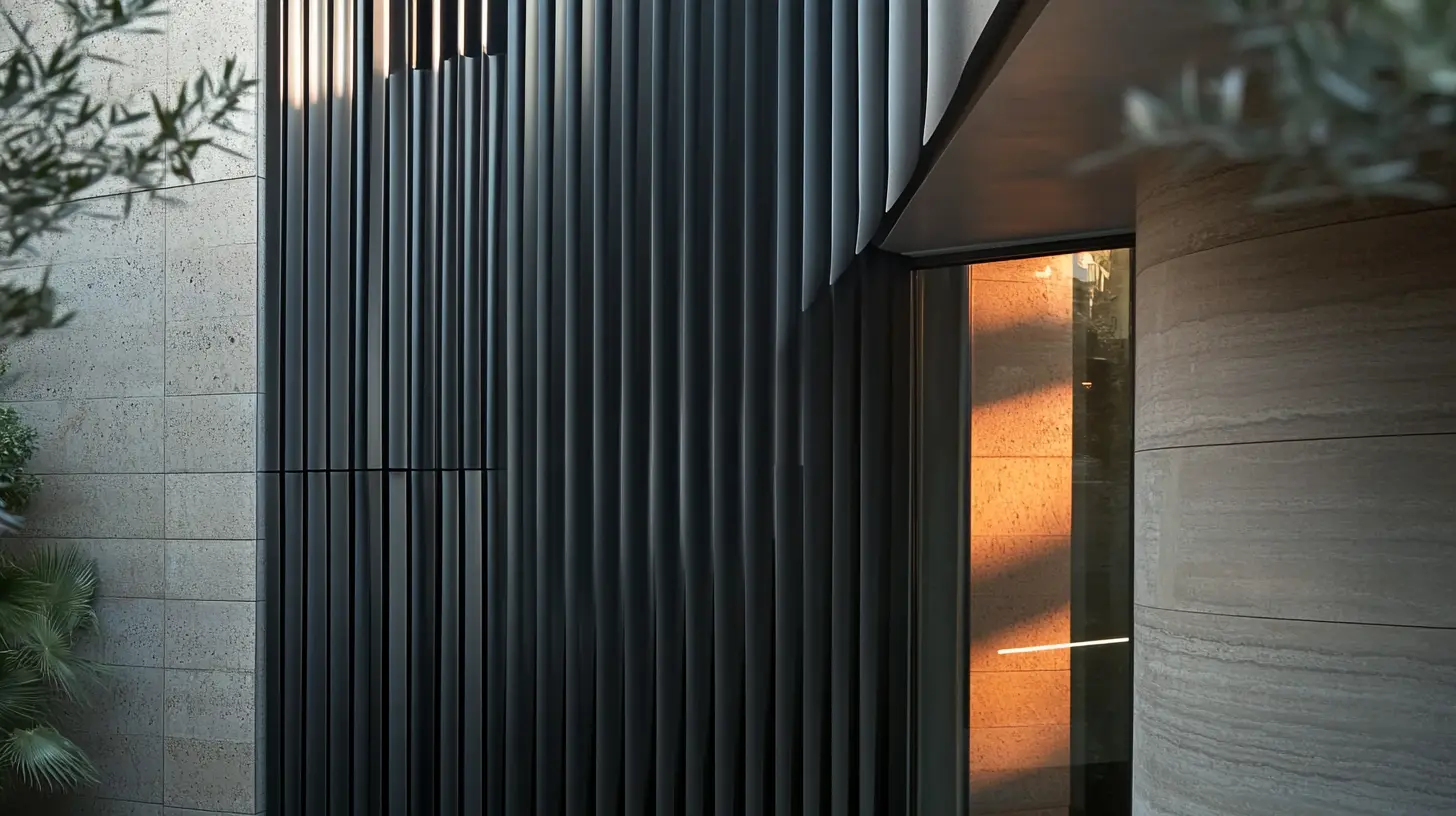
In architecture for contemporary designs---the modern fluted wall panels are widely utilized. With the emerging trend of prioritizing sustainable materials, it has brought interest to the fluted wall panels. Ribbed textures, decorative with wood grains, give a great aesthetic value, and they have a chance as eco-friendly. With awareness about the issues at hand, architects are visiting the option of using sustainable materials such as gypsum and fiber-reinforced gypsum (GFRG) to craft selected wall features.
Also, according to recent projections, the gypsum and drywall industry in France is expected to experience substantial growth. Analysts forecast a CAGR of 6.22% until 2033. This is now complemented by the transition towards green sourcing materials, especially that modern consumers are now eco-friendly. The same goes for the flexibility in the evolution of the overall market for GFRG, again underpinned with the expected high demand for sustainable construction. The lightweight properties of GFRG offer the possibility of using fluted wall panels to go for a fantastic design yet be able to say that the architect contributes positively towards saving some energy and supports the principle of sustainability.
Again, demand is also seen for lightweight materials in different verticals such as the space-filling foam concrete market, which is expected to grow higher than 4.8% CAGR during the years from 2024 to 2032. This trend is evident in a more excellent general picture, namely, where the sustainability-creative materials are being incorporated in modern designs. Fluted wall panels will widen their popularity, and their continuous push of these will also surely result in great spaces that not only view but also live the cause of being eco-friendly.
At present, fluted wall panels in the realm of commercial architecture are gaining rising acceptance for perceived aesthetic and functional advantages. The elaborate features not only beautify the space but also improve acoustics and energy conservation in the built environment. The Building Materials Market Research Group's recent report projects that textured wall panels will see growth of more than 10 percent per year due to increasing demands in urban locales, where creating space has become imperative.
The innovative uses of fluted-wall panels are located in areas deemed commercial, such as luxury retail and large corporate office lobbies. The fluted panels develop depth and interest as they build an inviting feel. Environments with textural variations, according to the National Institute of Building Sciences, boost the customer experience, a formidable coin in this highly competitive marketplace. As shown by 75 percent of shoppers saying they prefer stores with design features that are interesting, the presence of such elements also directly influences their purchasing behavior.
Apart from aesthetics, fluted wall panels have practical advantages, such as easy installation and maintenance. The improved technology in their manufacturing has allowed production of lightweight yet durable wall panels, thereby ensuring good performance even in high-traffic areas. Interior design industry experts at the American Society of Interior Designers think using fluted panels can be a sound investment that increases a space's perceived value. In time, with commercial establishments attempting to build distinctive identities while fulfilling sustainability targets, we are likely to see fluted panels embraced as a hallmark of contemporary architectural design.
Emerging as a standout trend in the world of modern architecture today is fluted wall panels that dimensionally really optimize any area, simply making it smaller. These varieties of architecture will add a touch of dramatic texture to any area while being one of the most major tools for creating depth and spaciousness illusions. Fluted panels can be installed on walls, ceilings, or cabinetry, but homeowners should enjoy transforming a cozy nook into something more attractive and feeling look larger and more inviting.
Each precious inch counts when it comes to small living places. These designs, much like fluted patterning, draw the eye toward the ceiling to create the impression of height in the room. Vertical fluted panels, for example, make ceilings appear taller while allowing light to bounce and reflect, adding to the overall atmosphere. Additionally, lines made by panels guide the viewer's eye, making a small area look less cluttered and more spacious by cleverly diverting attention from the disarray.
Flutes are practical, too: these can also dampen the sound, so you have a quieter, stylish environment that does not turn into ugly. The panels come sharp in various materials and color combinations, thus perfectly matching with existing decors. They are flexible for all kinds of themes-the state-of-the-art, the minimalist, and even rustic. Indeed, the resource's innovative features cannot be overlooked, as space maximized means aesthetics sacrificed.
The integration of fluted wall panels into architecture marks more than a temporary fashion. It rather stands as a renewed rendition of a historical design attribute that embodies aesthetic and functional qualities. Textured panels demarcated by vertical grooves have qualified themselves as features in classical architecture, from the time of ancient Greece and Rome. Their incorporation within modern architecture pays homage to the past while creating a sense of depth and dimension for contemporary spaces, hence creating a bridge between past traditions and future modus operandi.
Fluted columns in history showed a grandiosity and style of sophistication, serving both constructional and decorative ends. Modern designs have since applied fluted panels beyond historical confines to domestic and commercial spaces alike. Architects deploy fluted panels creatively for acoustics, space divisions, and visual interests in spaces, applying various materials like wood, plaster, and metal. This contemporary application lines with the greater trend of reworking historical design motifs to make engaging environments that are functional at the same time.
Inventive applications of the fluted wall panel manifest a blend of old and new and are ways for the architect to carve out their individuality while honoring the architectural heritage. This design offers testimony to the eternal feel of some aesthetic principles, reminding us that beauty's true essence in architecture is displayability to continue to change. Thus, by introducing fluted items to modern spaces, designers have been allowed the opportunity to venerate their past significance while generating an innovative story that resonates with both the past and present.
Fluted wall design, an embodiment of modern architectural design, is a unique mix of aesthetics and functionality. One of the most notable projects demonstrating this innovation is the just-completed Cultural Center in Copenhagen. The architects used fluted panels to achieve a dynamic facade that enhances visual excitement while optimizing the acoustic performance of the space. The vertical grooves of the panels disrupt the monotony of flat surfaces, allowing natural light to caress them, while the material choice guarantees durability against the elements.
Yet another striking implementation occurs within this luxury boutique hotel in Tokyo. Here, the fluted wall panels set the lobby with a handsome back that enriches the mood of the place while also encouraging a sensory experience for the guests. The design team skillfully worked with irregular fluted widths and depths to develop a three-dimensional effect, further enhancing the aesthetic and spatial perception of the area. Such an application encourages use and interaction while contributing to absorption of noise and creating an oasis of calm.
Another elegant and modern expression is represented by the fluted wall panels integrated into the renovation of a tech company in San Francisco. An assemblage of organic materials and fluted surfaces projects warmth and fosters productivity. The use of the panels to delineate open workspaces encourages collaboration while protecting privacy; this is a proof of the versatility of fluted panels in a variety of settings.
Fluted wall panels are architectural features that have vertical grooves or ridges, enhancing the aesthetic and tactile quality of spaces by creating an illusion of depth and movement.
Fluted wall panels can be used in a variety of settings, including residential interiors as statement walls and in commercial spaces to delineate areas while promoting an open feeling.
Fluted wall panels can be made from a variety of materials, including wood, metal, and concrete, allowing for integration with modern design principles.
The structural design of fluted wall panels can help absorb sound, improving the overall auditory experience within a space.
Yes, fluted wall panels are often manufactured from sustainable materials, making them a suitable choice for eco-friendly architectural projects.
Fluted wall panels have been a feature in classical architecture since ancient Greece and Rome, serving both structural and decorative purposes and representing a revival of historical design elements in modern architecture.
Fluted wall panels blend traditional and modern design by incorporating historical motifs into contemporary spaces, adding depth and visual interest while respecting architectural heritage.
Yes, fluted wall panels not only enhance aesthetics but also help define spaces, improve acoustics, and can contribute to sustainability goals in design.
Fluted wall panels represent a trend of reinterpreting historical design motifs to create functional and visually captivating environments that bridge the past with the present.
Architects creatively use fluted wall panels to express individuality, enhance acoustics, and add visual interest, often combining them with various materials for unique designs.
